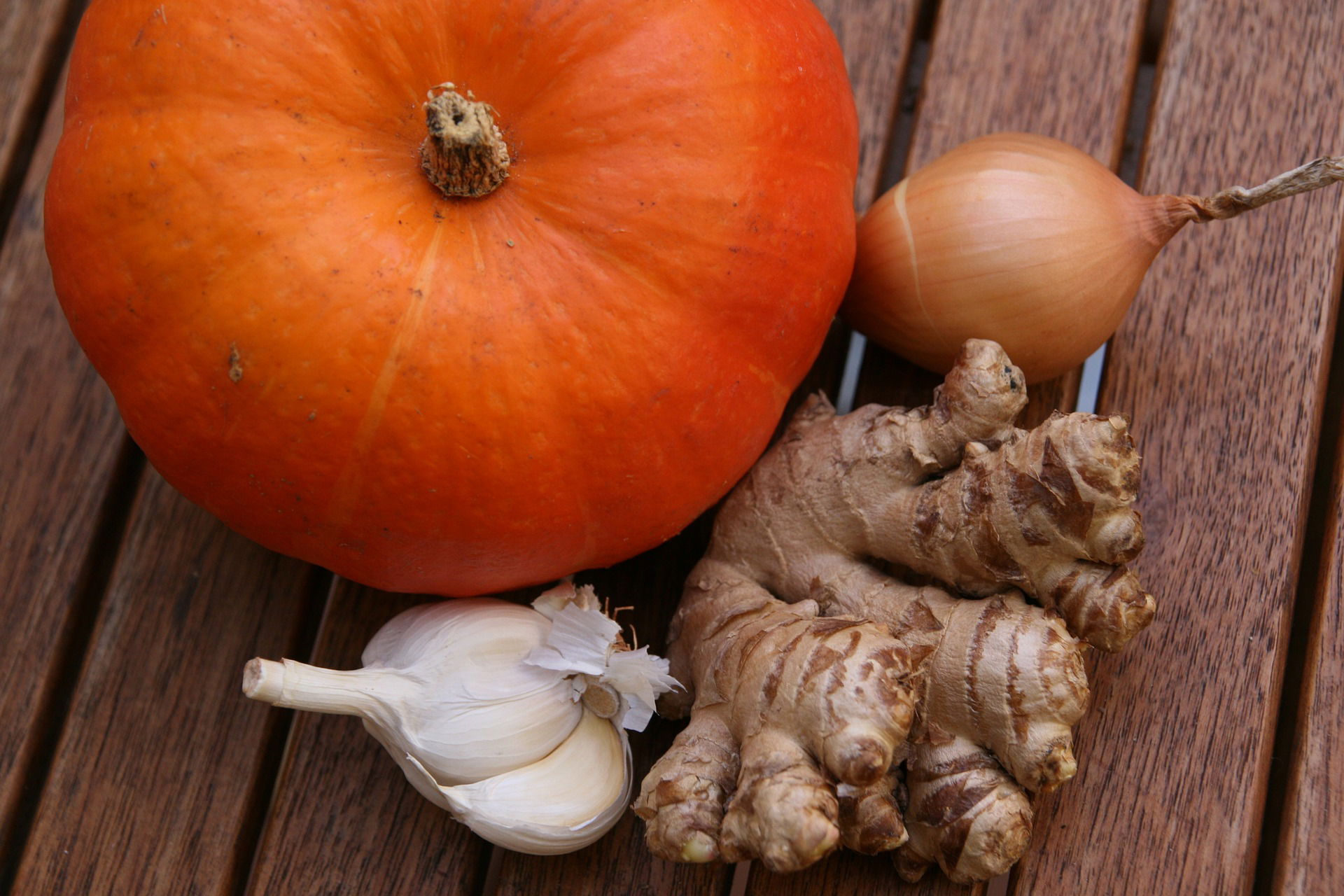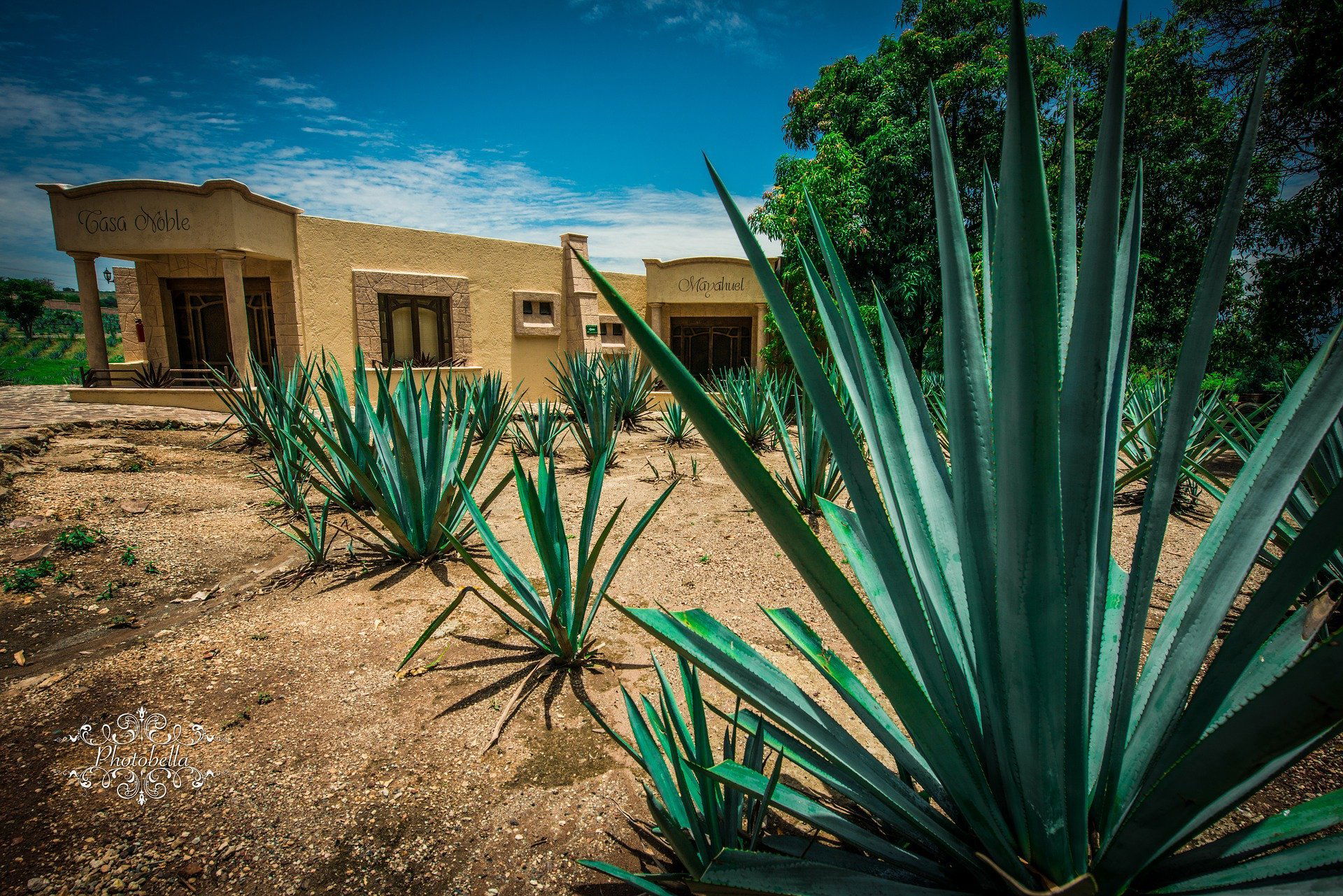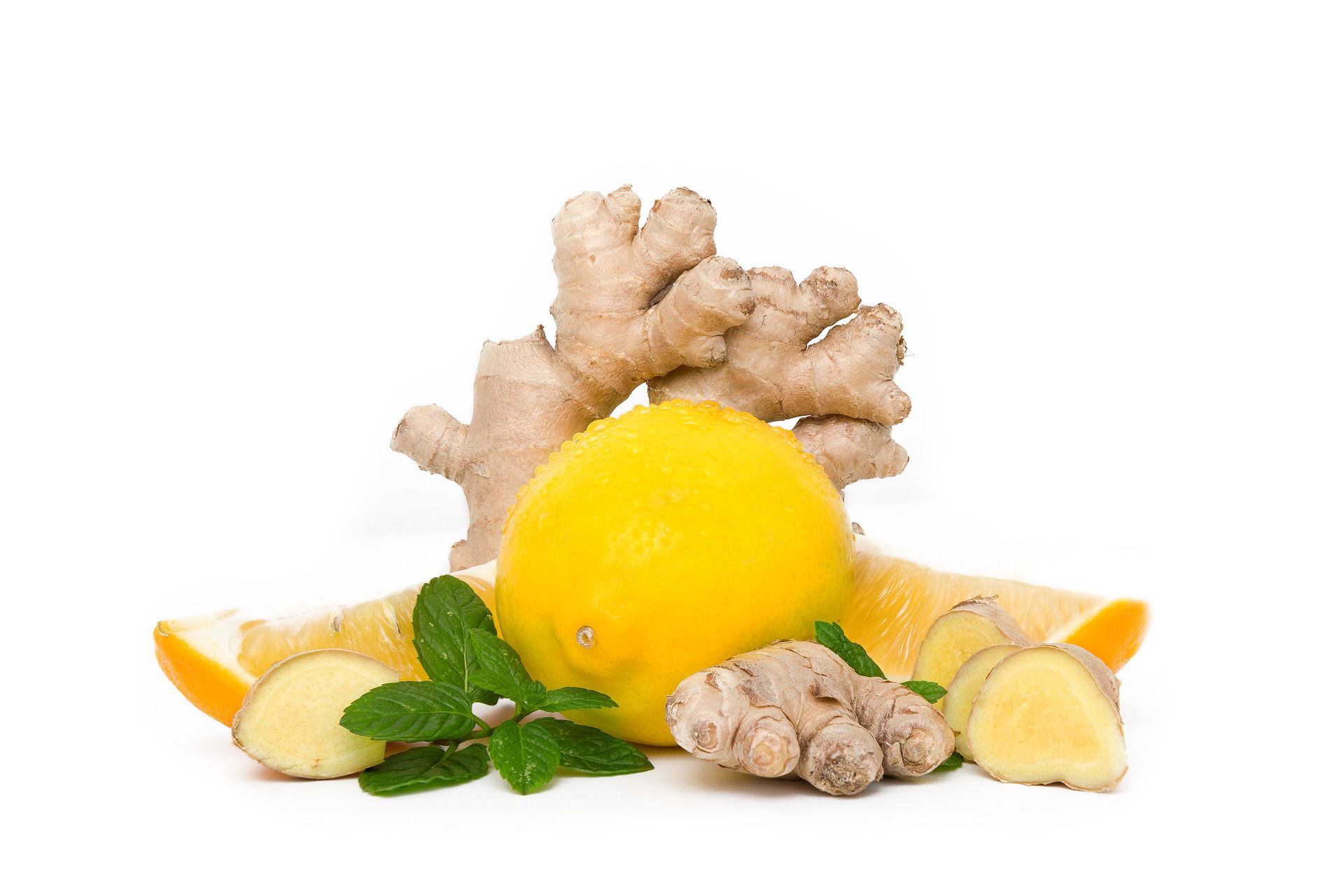Ginger, or "jengibre" in Spanish, has a long and deeply rooted history in Mexican culture
Mexican cuisine is an explosion of flavors and aromas that exhilarate the senses. At its core are rich spices and herbs that have been cultivated for centuries in the region. One such ingredient that has played an integral role in Mexican cooking and culture is ginger.
It has been used as a flavoring agent, a natural remedy, and a symbol of love and hospitality. Ginger is an essential component of many authentic Mexican recipes, and its significance stretches beyond the kitchen. In this article, we'll explore the cultural and historical importance of ginger in Mexican lifestyle, its role in traditional medicine and celebrations, and discover some delicious and healthy ginger-based recipes that are an inseparable part of Mexican cuisine.

The Cultural Significance of Ginger in Mexico
Ginger, or "jengibre" in Spanish, has a long and deeply rooted history in Mexican culture. From its use in traditional medicine to its importance in culinary traditions, ginger is not only a flavorful ingredient but a symbol of Mexican identity and heritage.
Ginger's Historical and Cultural Importance in Mexico
Ginger was first introduced to Mexico by Spanish conquistadors in the 16th century. Since then, it has been integrated into Mexican cuisine and medicine. It is commonly used to treat stomach ailments and nausea, and it is also believed to have anti-inflammatory properties. Ginger's versatility in both sweet and savory dishes has led to its widespread use in Mexican cooking.
Ginger's Symbolism in Mexican Art and Literature
Ginger has also made its way into Mexican art and literature. In the popular Mexican folk art of papel picado, ginger is often used as a motif. Additionally, in Mexican literature, ginger is sometimes used as a metaphor for warmth, generosity, and hospitality.

Ginger-Based Beverages and their Health Benefits
Mexicans have a variety of ginger-infused beverages that not only taste great but also have health benefits. These drinks have been enjoyed for centuries and are an important part of Mexican culture.
Traditional Mexican Ginger-Infused Drinks
One of the most popular ginger-based beverages in Mexico is "agua de jamaica con jengibre," a sweet and refreshing drink made with hibiscus flowers and freshly grated ginger. Another traditional ginger drink is "tepache con jengibre," a fermented pineapple beverage that is enhanced with ginger's spicy flavor.
Health Benefits of Ginger-Based Beverages in Mexican Culture
Ginger is known to have several health benefits, and ginger-based beverages are no exception. They are often consumed to aid digestion, relieve nausea, and reduce inflammation. Consuming ginger-based drinks is also believed to have a calming effect on the mind and body.
Traditional Mexican Ginger Recipes for a Healthy Lifestyle
Besides beverages, ginger is also used in many Mexican recipes to add flavor and nutritional value. Here are some traditional Mexican ginger recipes that are easy to make and beneficial to your health.

Authentic Mexican Ginger Recipes for Meals and Snacks
"Pollo al jengibre" is a popular Mexican chicken dish that is both delicious and healthy. The chicken is marinated in a mixture of ginger, lime, and garlic before being grilled to perfection. Another tasty Mexican snack that features ginger is "chamoyada con jengibre," a spicy fruit drink made with mango, chamoy sauce, and freshly grated ginger.
Ginger's Role in Traditional Mexican Medicine
Ginger has been used in traditional Mexican medicine for centuries. It is believed to have anti-inflammatory properties, making it a natural remedy for conditions such as arthritis, menstrual cramps, and migraines. Ginger is also known to aid digestion and relieve nausea.

How Ginger Helps in Mexican Cooking and Medicine
Ginger's distinctive flavor has made it a staple ingredient in Mexican cuisine. It is used in a variety of dishes, from savory stews to sweet desserts. Ginger is also an important component of traditional Mexican medicine.
Ginger as a Staple Ingredient in Mexican Cuisine
Ginger is a versatile ingredient that can be used in both sweet and savory dishes. In Mexican cuisine, ginger is often combined with other spices, such as cumin and coriander, to make flavorful marinades and rubs for meats. It is also added to soups and stews to add depth and warmth to the dish.
Ginger's Medicinal Properties in Traditional Mexican Medicine
In traditional Mexican medicine, ginger is used to treat a variety of ailments, including nausea, headaches, and arthritis. Ginger is also believed to have anti-inflammatory properties that can help reduce pain and inflammation. Whether used in cooking or traditional medicine, ginger is an important part of Mexican culture and lifestyle.

The Role of Ginger in Celebrations and Festivals in Mexico
Mexico is a country of rich cultural heritage, and the celebration of festivals and events is an integral part of its society. Ginger has a significant role to play in Mexican celebrations and festivals, owing to its cultural and religious importance.
Ginger's Significance in Mexican Festivals and Celebrations
Ginger has been used in Mexico for centuries in various cultural and religious ceremonies. The root is believed to have healing properties, and it is used to purify and cleanse the body and spirit. Ginger is also associated with good luck and prosperity, which makes it an essential ingredient in many Mexican festivals and celebrations.
Traditional Ginger-Based Mexican Party Foods and Drinks
Ginger is an essential ingredient in many traditional Mexican party foods and drinks. One of the most popular ginger-based drinks in Mexico is Agua de Jamaica. It is made by boiling hibiscus flowers, cinnamon, and ginger, and then adding sugar to taste. Ginger is also used in many Mexican desserts, including gingerbread and ginger snaps.
Ginger Farming and its Economic Importance in Mexico
Ginger farming is an essential aspect of Mexico's agricultural industry. The country has a favorable climate and soil conditions that make it an ideal place to grow ginger.
Ginger Farming in Mexico: An Overview
Mexico is one of the world's top producers of ginger, with the states of Veracruz and Guerrero being the major ginger-producing regions in the country. Ginger is a high-value crop, and it is grown by smallholder farmers who use sustainable and organic farming practices.
The Economic Importance of Ginger Farming in Mexico
Ginger farming has significant economic importance in Mexico, as it provides employment opportunities to thousands of people in the agricultural sector. The crop is exported to various countries worldwide and contributes significantly to the country's GDP.

Growing and Using Ginger as a Part of Mexican Home Remedies
Ginger has been used in traditional medicine in Mexico for centuries. It is believed to have healing properties and is used as a natural remedy for various ailments.
Growing Ginger at Home in Mexico
Ginger can be easily grown at home in Mexico, provided the soil is well-draining and the plant receives sufficient sunlight. The root is usually planted in the spring, and it takes approximately 8 to 10 months to mature.
Using Ginger as a Home Remedy in Mexican Culture
Mexican culture has a rich tradition of using ginger as a natural remedy for various ailments. It is used to alleviate nausea, motion sickness, colds, and menstrual cramps. Ginger tea is a popular home remedy for colds and sore throats, and it is often paired with honey and lemon for added flavor.
Ginger and Other Mexican Spices that Define Mexico's Cuisine
Mexican cuisine is famous worldwide for its bold and complex flavors, and ginger is one of the many spices that define the country's culinary landscape.
The Role of Ginger in Mexican Spice Blends
Ginger is an essential component of many Mexican spice blends, such as Adobo and Mole. These spice blends are used to add depth and richness to Mexican dishes, and they often have a complex array of spices, including ginger.
The Intersection of Mexican and Asian Spices in Mexican Cuisine
Mexican cuisine is a fusion of various cultural influences, and the intersection of Mexican and Asian spices is evident in many traditional dishes. Ginger is a perfect example of this intersection, as it is commonly used in both Mexican and Asian cuisines. Ginger is used in Mexican dishes such as Tamales and Pozole, as well as Asian dishes such as Stir-fry and Curry. In conclusion, ginger is a vital ingredient in the history, culture, and cuisine of Mexico.
Its unique flavor and medicinal properties have made it a staple in traditional Mexican cooking and home remedies. Whether it's ginger-infused drinks, spicy meals, or ginger-based desserts, the culinary legacy of ginger in Mexico is indisputable. From its economic significance to its cultural symbolism, ginger remains an essential part of Mexican lifestyle and an emblem of its rich heritage.

Frequently Asked Questions
What are some traditional Mexican ginger recipes?
Some traditional Mexican ginger recipes include ginger tea, gingerbread cookies, churros with ginger and cinnamon sugar, ginger-spiced hot chocolate, and tomato and ginger salsa.
What are the health benefits of ginger-based beverages in Mexican culture?
Ginger-based beverages in Mexican culture have many health benefits, including aiding in digestion, lowering blood pressure, and reducing inflammation. They may also help relieve nausea and vomiting.
What role does ginger play in Mexican celebrations and festivals?
Ginger is an essential ingredient in many Mexican party foods and drinks, especially during Mexican festivals and celebrations. The ingredient is often used to make spiced hot chocolate, gingerbread cookies, and ginger margaritas.
What is the economic importance of ginger farming in Mexico?
Ginger farming is an important economic activity in Mexico that provides a livelihood for many farmers. The country is the world's fifth-largest ginger producer, and the industry is concentrated in the states of Veracruz, Guerrero, and Morelos. The ginger industry is responsible for creating jobs and generating income for many communities in Mexico.
